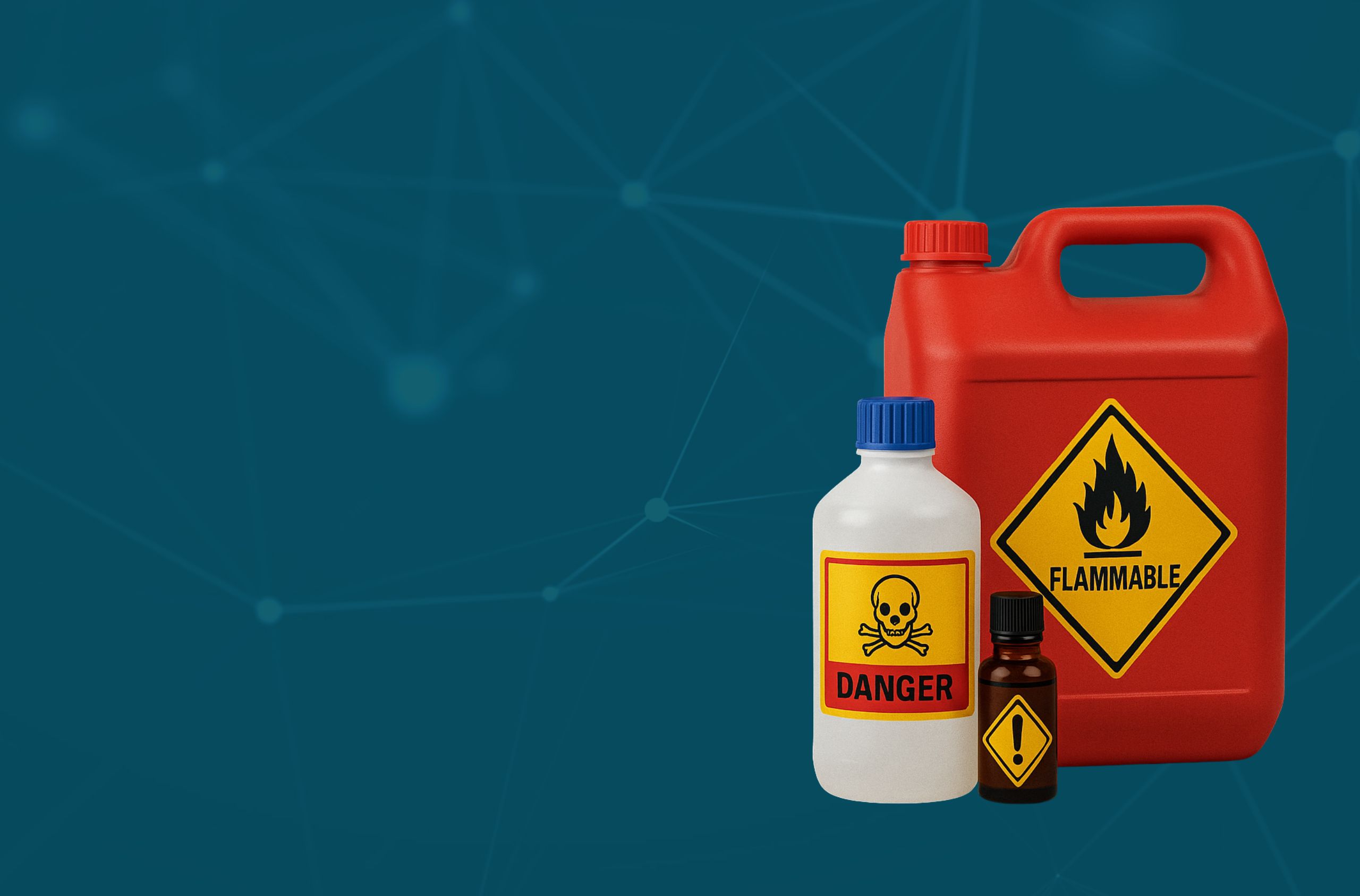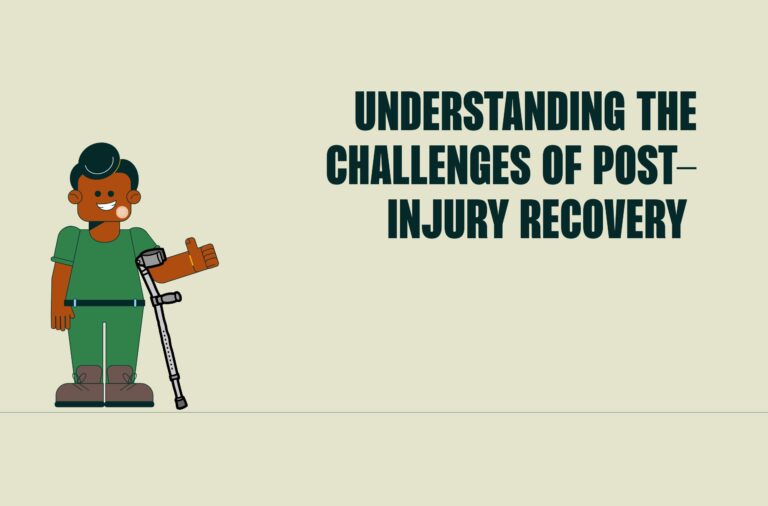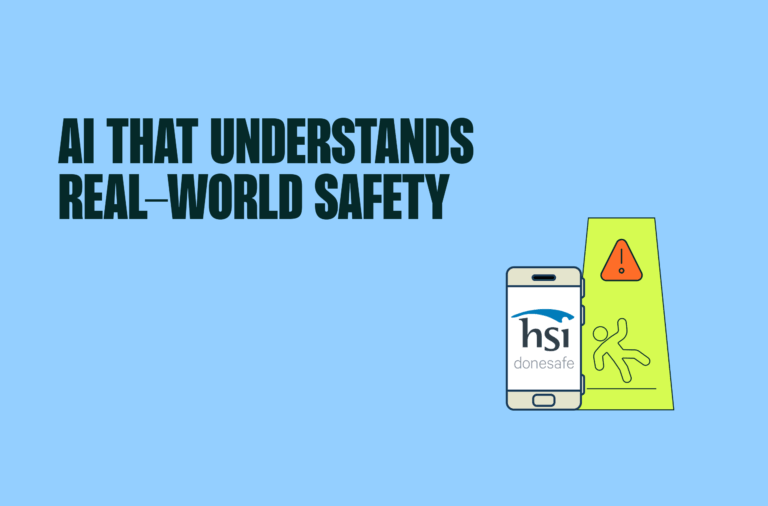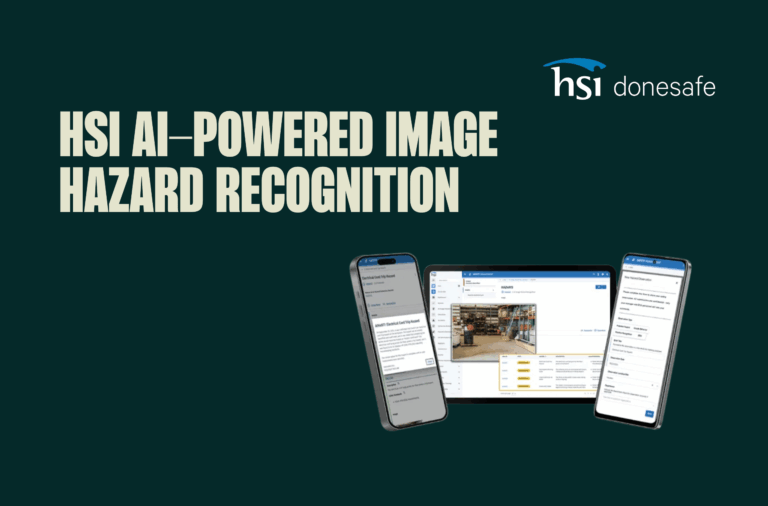
Why modern chemical and SDS management should be part of every smart safety strategy
When most people think of chemical safety, they picture factories, processing plants, or dangerous goods transport. And while those environments certainly carry high-stakes risks, they’re far from the only places where chemical exposure occurs.
In reality, chemicals exist in almost every workplace and not just in trace amounts. From complex manufacturing operations to logistics hubs, hospitals, schools, and facilities teams, chemicals are used every day to clean, maintain, operate, and deliver services. And wherever chemicals are present, so is risk.
The disconnect lies in many organisations not realising they fall under the same obligations as large-scale operators. Or if they do, they treat chemical safety like a passive compliance exercise and tick a box with outdated SDS folders and decentralised registers that only come to light during audits.
Chemical safety doesn’t begin and end with corrosive substances or volatile gases.
Disconnected systems and reactive processes pose a real risk
Yes, high-risk chemicals demand robust controls. But it’s often not the chemical itself that causes the issue, it’s the lack of visibility, accessibility, and connection across teams and systems.
Think about how chemical data is managed today in most organisations:
- SDSs stored in multiple places, some digital, some paper
- Registers maintained manually in spreadsheets
- Limited visibility into where chemicals are stored or used across multiple sites
- Training that doesn’t align with chemical-specific risks
- Review dates missed, because there’s no automated flagging or audit trail
In that environment, the real risk is exposure without context, without training, and without control.
Smarter chemical safety starts with shifting the mindset
Chemical management is often seen as an isolated compliance task assigned to a safety officer, to be filed away and reviewed once a year. But when done right, chemical safety becomes a core part of operational resilience.
Forward thinking organisations and businesses are replacing disconnected tools and outdated processes with intelligent, real-time chemical management systems that do the heavy lifting for them.
That means:
- SDSs that are instantly accessible at the point of use
- Registers that sync automatically across all sites
- Auto-reminders for reviews, expiries, and risk reassessments
- Linking chemicals directly to relevant training, assets, and workflows
- Real-time alerts when incompatible chemicals are stored together
- Dashboards that provide visibility across the entire organisation
Don’t overthink it or try to add complexity to achieve this. Focus on removing manual burden and closing the gap between documentation and action.
Chemical safety isn’t niche
You don’t have to be handling ammonia or sulphuric acid to need robust chemical controls. Any business storing, using, or disposing of hazardous substances, even in moderate quantities, has both a legal obligation and a duty of care to manage them properly.
That includes:
- Transport and logistics providers
- Healthcare and aged care facilities
- Cleaning and maintenance operations
- Utilities and councils
- Education and research institutions
- Construction and infrastructure companies
- And of course, manufacturers of all types and scales
Compliance is table stakes, but control is what protects your people.
Control doesn’t have to come with complexity
The future of chemical safety is smarter, simpler, and more scalable.
You don’t need to create more admin, you can implement systems that connect the dots between chemicals, training, tasks, and people, so that risk is managed proactively, not reactively.
Because when it comes to workplace safety, chemical risk doesn’t discriminate by industry, or company size.
And the organisations that treat it as core business, not niche compliance, will be the ones who lead with less friction, more control, and safer outcomes for everyone.
Want to see what smarter chemical management looks like in action? Take a self-guided tour of Donesafe’s SDS and Chemical Management module to explore how easy it is to digitise and streamline everything from SDS uploads and approvals to chemical registers and risk assessments – all in one place. With automatic data extraction, QR code access, and powerful workflows built in, Donesafe helps you move beyond compliance and take control of chemical safety at scale.
For more insights on why it matters, read our blog: 7 reasons why you need to digitise SDS and chemical management.
Share:


